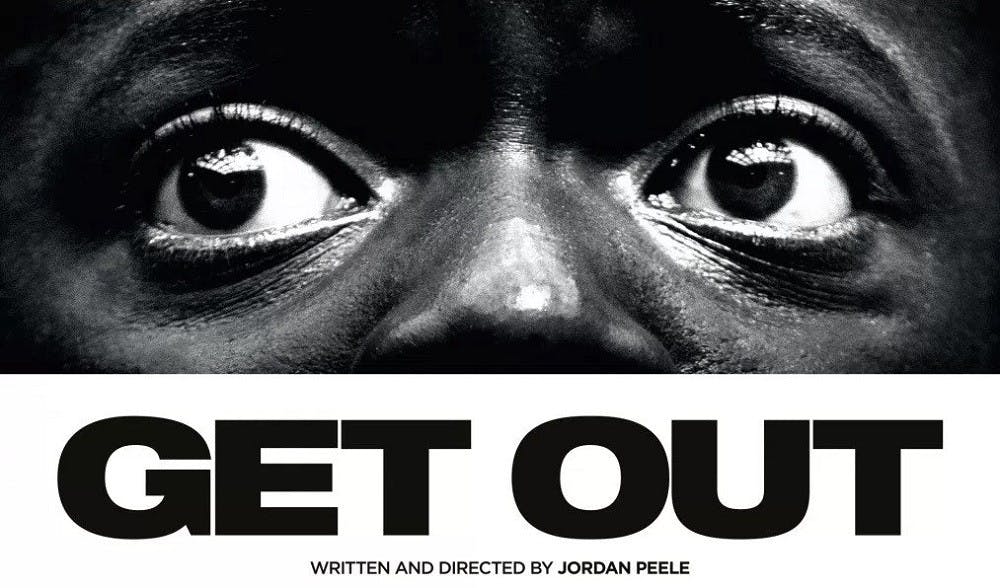If you consider yourself a fan of the horror genre, you have probably heard the cliché “the black guy dies first” or “the black character always dies first.” Some of the most popuAlar franchises have indulged in it and many others have poked fun at this “trend.”
However, the representation of African Americans in horror is a long road, closely entwined with the civil rights movement and the struggles for representation that faced them and other people of color.
During the past few months, I have spoken with two experts on the subject of Black Horror. Mark H. Harris is the co-author of “The Black Guy Dies First: Black Horror Cinema from Fodder to Oscar.” Tananarive Due is an author and professor of Black Horror and Afrofuturism at UCLA. She is also an executive producer on the documentary “Horror Noire” currently streaming on Shudder.
The roots of Black Horror tie back to the early roots of cinema itself. The film often cited as the first ever Black Horror film is “Son of Ingagi” from 1940. Written by Spencer Williams Jr., better known for “Amos and Andy,” it was groundbreaking for starring an all-black cast and having black characters holding jobs that were uncommon given the segregation and racism of the period.
Moving forward to 1968, one of the most tumultuous years in American history, a little film was released known as “Night of the Living Dead.” Despite being directed by a white man, George Romero, and starring a predominantly white cast, the film made headlines for the casting of its lead. In the year that Martin Luther King Jr. and Bobby Kennedy were assassinated, the casting of Duane Jones as a strong, competent leader who took charge of a group of white survivors and occasionally smacked them around shocked many audience members.
For Mark H. Harris, seeing the original film on VHS made him fall in love with the genre. As he told me, “I was just blown away by this black and white movie that seemed so old to me, but having this black actor taking charge and slapping white people around.” He went on with, “Even seeing that movie in the ’80s, I think that role would still have been ahead of its time, because we still didn’t see that many movies with this black character being a central protagonist.”
Rolling into the 1970s, the age of “Blaxploitation” was born. This was an era defined by black filmmakers, black casts and crews and films that were made specifically for black audiences. Some activists argue that Blaxploitation was detrimental as some films would play into black stereotypes. This period was marked with comedies, dramas, action and of course horror. The most famous film of this time was 1972’s “Blacula.”
As the Blaxploitation era began to die down in Hollywood, the 1980s brought about a massive step back for black representation in horror. This is where many believe the idea of “the black guy dies first” came into the pop culture. This era of horror was focused much more on slashers and high body counts. Black characters were essentially relegated to another number on the kill count.
“I continued to love the genre even though black characters didn’t particularly fare well,” Harris told me. “I took it with a grain of salt because it wasn’t only in horror that black characters were sidelined and marginalized, it was in every genre.”
While the ’80s were a large step back, the ’90s saw a new resurgence of black filmmakers and black stories being told on the big screen. The films of Spike Lee and John Singleton are often cited for restarting a black revolution in Hollywood, and horror joined in as well.
“The ’90s was just a golden time for all kinds of black art and that’s when you started to see a lot of horror movies popping up,” said Tananarive Due. “There were a lot of black creators trying to get their movies made and miraculously sometimes they did get their movies made.” Essential films of the time include “Def by Temptation,” “Eve’s Bayou,” “Tales from the Hood” and an honorable mention to “Candyman.”
The 2000s would spell another dark period of little to no representation for black characters or filmmakers, but the 2010s would bring about another renaissance thanks to “Get Out” in 2017.
“It knocked the doors open and you started to see different types of black horror. Not just racism as the monster like ‘Get Out,’ but it could be about class differences like ‘Us’ or when Hollywood is metaphorically trying to eat you like in ‘Nope,” Due said.
However, Mark H. Harris sees the success of “Get Out” more as a double-edged sword. Harris said, “It’s great because it’s opened the door for a lot of horror movies, but on the other hand, everything is going to be compared to “Get Out.”
While some studios have certainly tried to recreate the success of Jordan Peele’s work without the nuance, the 2010s and 2020s so far have given some truly fruitful offerings for genre fans. Even as recently as this year, “Talk to Me” stars an incredibly talented black lead in Sophie Wilde and is one of the best films of the year.
It is clear from this history that horror goes in cycles, as all genres often do, but as filmmaking becomes more accessible and the opportunity for creative and talented filmmakers becomes more abundant, the chances of black horror fading away like in the ’80s is far less likely.



The Slate welcomes thoughtful discussion on all of our stories, but please keep comments civil and on-topic. Read our full guidelines here.